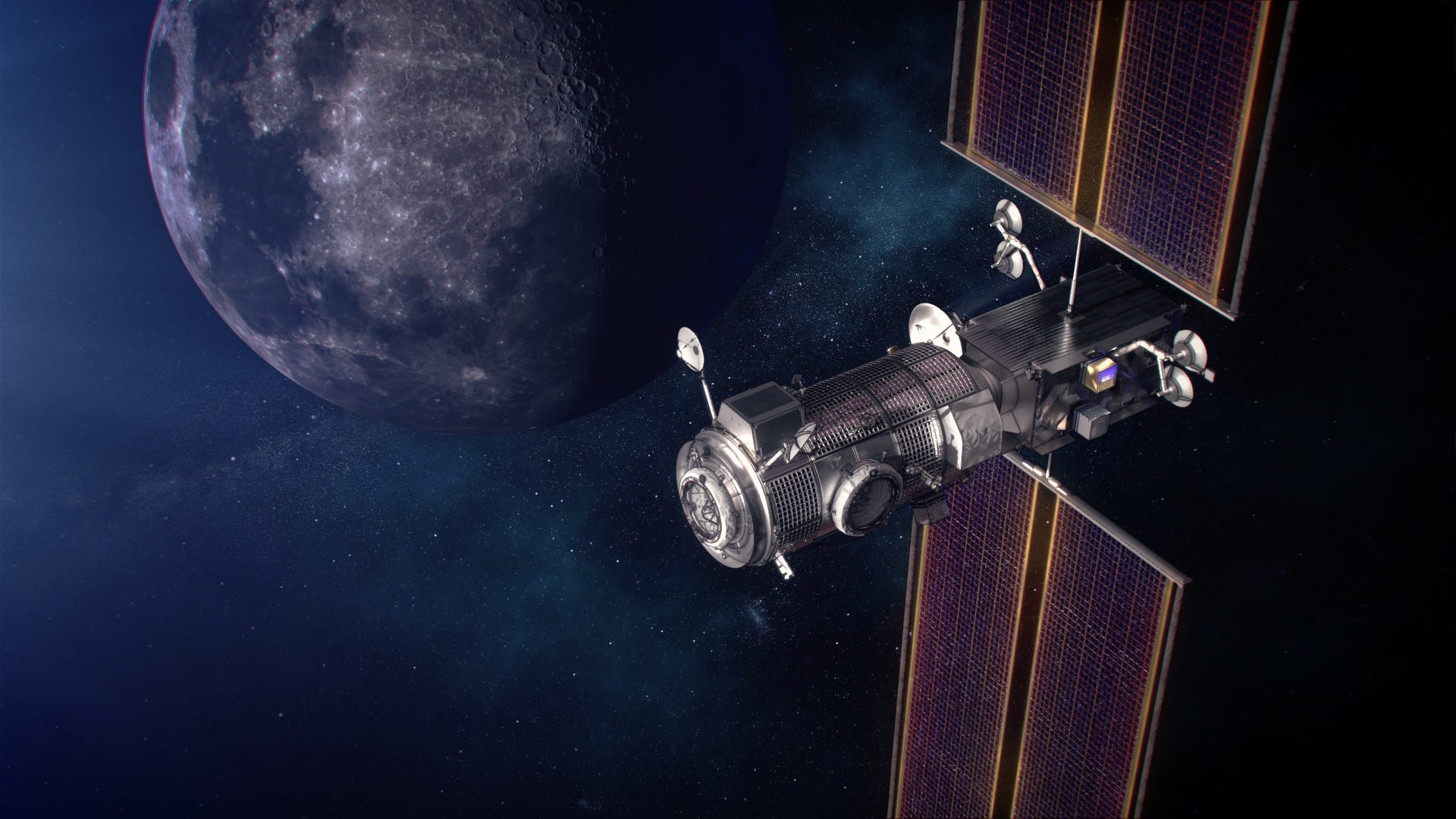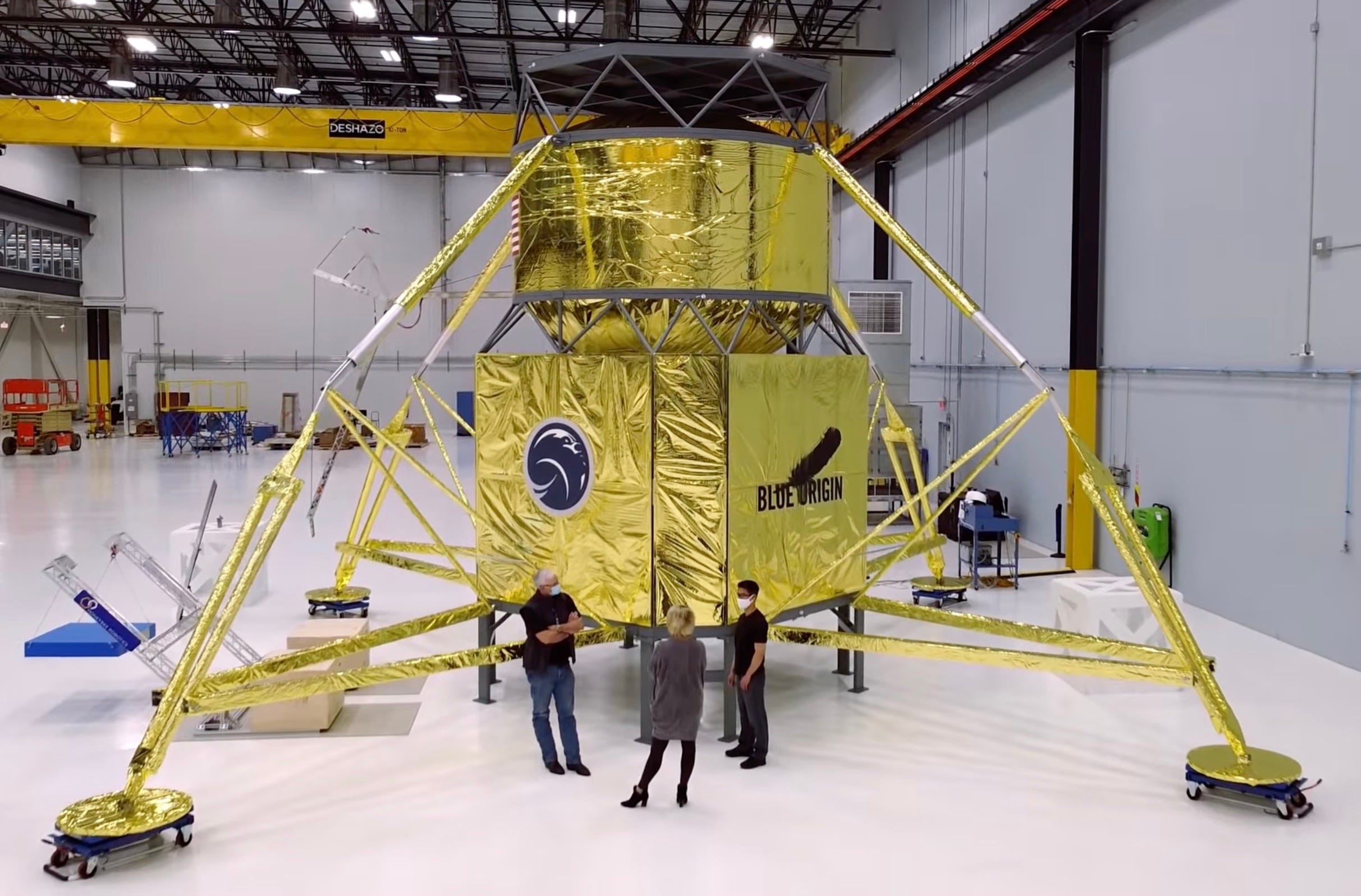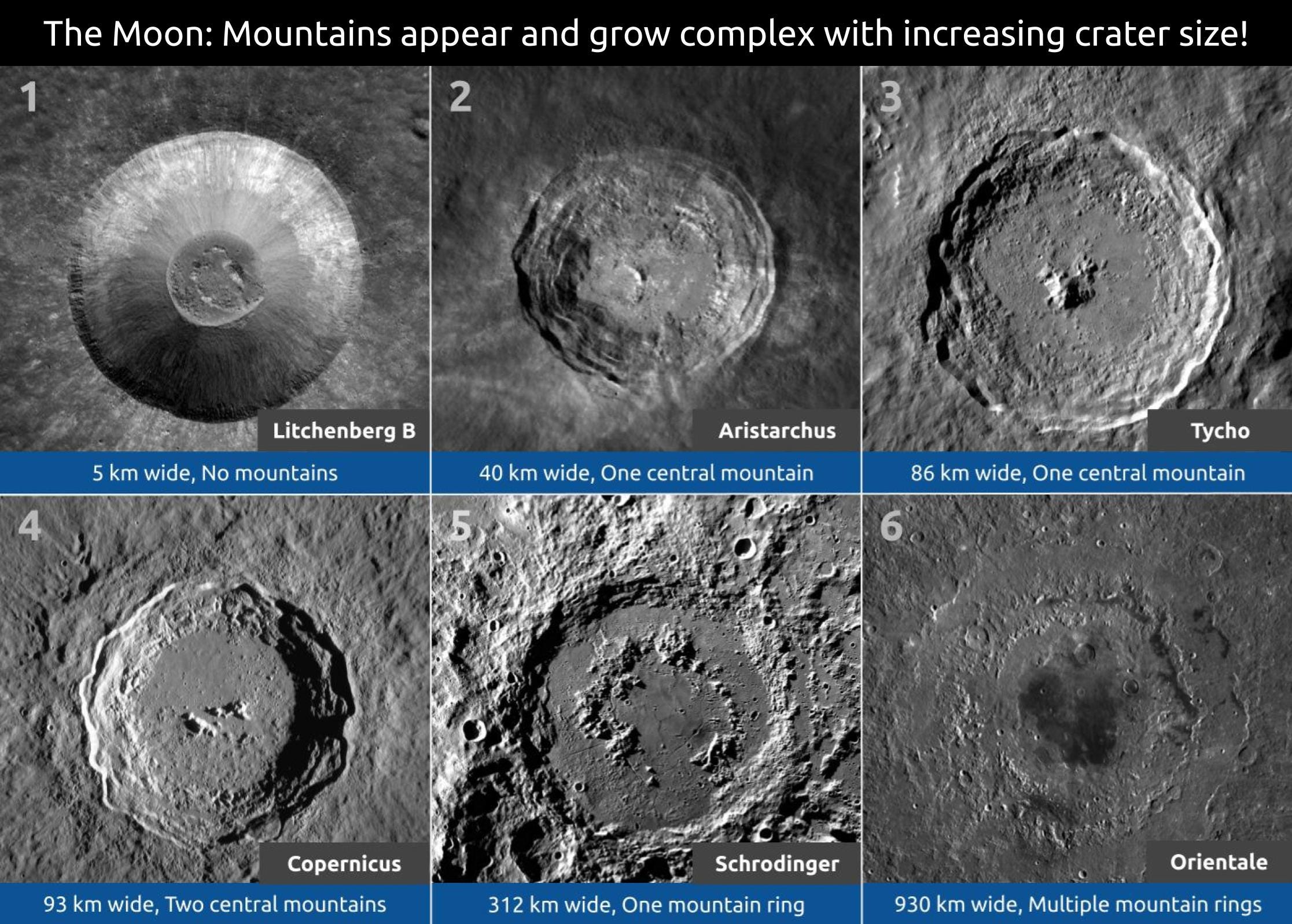Moon Monday Issue #14
SpaceX to launch Gateway lunar station elements, the cost of NASA's Artemis program, Turkey aims for a Moonshot, LRO can slew again, and more developments in the lunar space.
Highlight
NASA has awarded a $331.8 million contract to SpaceX to launch the Gateway lunar station’s foundational modules, the Power and Propulsion Element (PPE) and Habitation and Logistics Outpost (HALO). The two modules will be integrated on Earth and launched together on a Falcon Heavy rocket no earlier than May 2024.

On a related note, NASA has selected their Goddard center’s open source Core Flight Software (cFS) as Gateway’s flight software system. This includes the system handling day-to-day operations and instruments on the Gateway. cFS, which was named NASA’s Software of the Year for 2020, has been used in several NASA missions, including recent ones like LRO, LADEE, the Magnetospheric Multiscale Mission, etc.
Exploration
NASA's Office of Inspector General has estimated that Artemis missions I through IV and the Gateway station will cost $86 billion counting funding requirements until 2025. This estimate includes the $35 billion already invested since 2012. For comparison, The Planetary Society estimates that NASA spent around $288 billion (inflated adjusted) on the Apollo program and related efforts between 1960 and 1973.
Blue Origin showed off a full-scale prototype of its “Descent Element”, derived from their Blue Moon lander, capable of delivering up to 1,000 kilograms of payload to the lunar surface. Blue Origin intends to demonstrate a successful landing by the Descent Element before it powers a possible crewed Artemis flight for NASA. Currently targeting a 2023 launch, the lander will have a crane system to offload rovers and other payloads. NASA’s Langley Research Center provided them a crane for testing.

The Turkish President revealed an ambitious 10-year timeline for its three-year-old space program last week, which includes sending a robotic spacecraft to the Moon as early as 2023. They’re in talks with Russia and SpaceX for a possible launch.
Intuitive Machines has completed making their own Mission Control Center, which will be used for their Moon landing missions, starting with the first one towards the end of this year. The company says they will also offer their Control Center to commercial customers wanting a ground control network for Moon-related missions.
Science
Rejoice as NASA’s LRO Moon orbiter can slew again for science! In 2018, NASA turned off LRO’s naturally-degrading Inertial Measurement Unit to preserve its remaining life in the harsh lunar environment. This meant that LRO couldn’t slew anymore to perform surface photometry, build 3D images to help disentangle geologic relationships, or get stunning perspective views like this one.

To get LRO slewing again, NASA engineers developed new algorithms for the spacecraft’s flight computer which in conjunction with its star-tracking system can measure how fast the orbiter is rotating. Noah Petro, LRO’s Project Scientist, said that the orbiter, which is serving its 11th year of what was to be a 2-year primary mission, still has at least 5 more years of fuel left.
The Lunar Surface Science Workshop’s second session of the year is “Structuring Real-Time Science Support of Artemis Crewed Operations”, scheduled for February 24-25. The session will discuss ideas on how Artemis crewed missions can build on Apollo’s theme of scientists working with mission operators and astronauts during the mission to maximize scientific output. Register by February 21 to attend the online session.
More Moon
Sample return is exciting as it allows us to take a really close look at otherworldly objects. But getting access to Moon rocks is difficult for average folks like me. Project virtualmicroscope.org makes more than 500 Apollo samples available to see with a virtual microscope. Go play!
I wrote an article on Moon mountains, how they increase in complexity with increasing crater size, and what we can learn from sending missions to each type.

Thank you Arun Raghavan and Justin Alva for supporting me and powering this edition of Moon Monday.
Everyone, I’m publishing this one-of-a-kind Moon exploration newsletter for free, with no ads. And it will stay that way. If you like my work, support me to keep me going. Monthly supporters will be credited in future Moon Monday issues with a link to their website/social.
